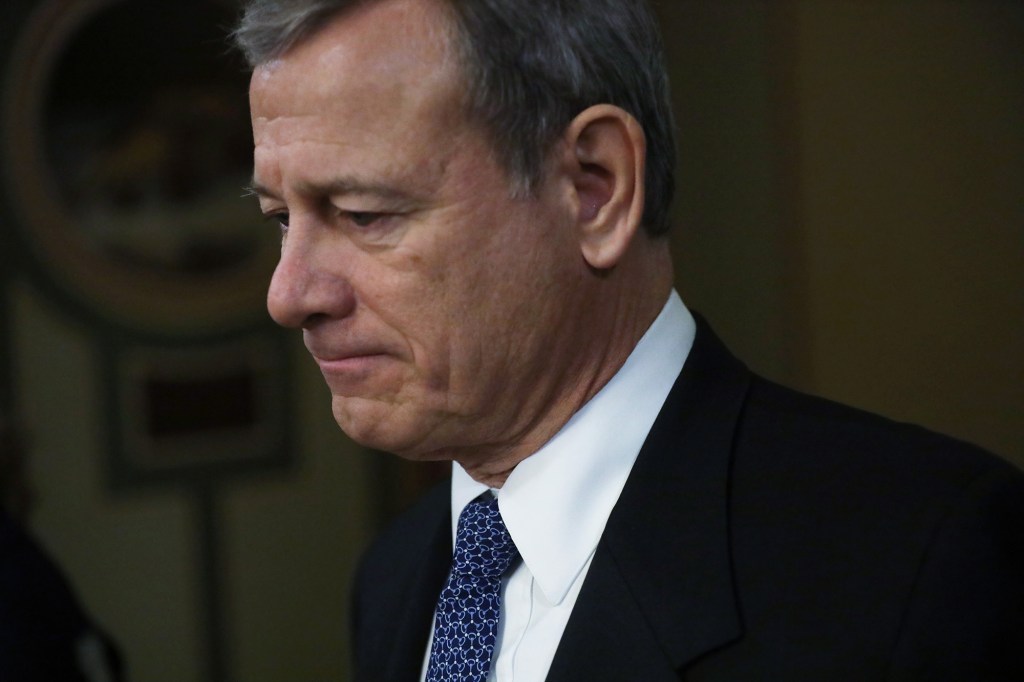California
Court’s affirmative action ruling enshrines racial imbalance


There is a recurrent theme in American history: the clawing back of hard-won progress. And the Supreme Court last week used the most specious of arguments to do so with affirmative action.
In the majority opinion, Chief Justice John Roberts wrote that affirmative action — in this case, the use of race as a factor in university admissions — cannot stand because “eliminating racial discrimination means eliminating all of it.” But, of course, neither the court nor America itself has any desire to eliminate all of it. Reading that line was like having someone spit in my face.
What the court was really signaling was that it intended to let racial imbalances born of both historical and current injustices be locked in and go unchecked.
Affirmative action, however imperfect, is at least an acknowledgment of racialized imbalance and injury, and an attempt to lessen their effects.
The court, with this decision, was washing its hands of racial discrimination that is not overt, conscious and codified, knowing full well that American racism, having evolved into ever more elegant forms for centuries, no longer requires articulated animus in order to be brutally effective.
The evolved forms may not be as blunt as the ancestral ones, but they do keep the spirit, and in many cases the actuality, of racial imbalance and oppression very much alive.
Citing an older case, Roberts wrote that “when a university admits students ‘on the basis of race, it engages in the offensive and demeaning assumption that [students] of a particular race, because of their race, think alike.’”
This, too, is a fallacy. Race is meaningless. But, living in a society where racism is rampant and chronic, a society in which you have — by virtue of race — had to navigate that racism, has meaning. And anti-Black racism is a particular, virulent form of racism with a long history and deep roots in this country.
Different Black people will experience and deal with that racism in different ways. Such is the varied nature of humanity. Even the Black conservatives who downplay or dismiss the pervasiveness of American racism will discuss their experiences navigating it.
Justice Clarence Thomas writes: “Individuals are the sum of their unique experiences, challenges and accomplishments. What matters is not the barriers they face, but how they choose to confront them.” But, of course, the anti-Black barriers are confronted only by Black people.
He continues: “And their race is not to blame for everything — good or bad — that happens in their lives. A contrary, myopic worldview based on individuals’ skin color to the total exclusion of their personal choices is nothing short of racial determinism.”
This is reductive absolutism meant to shut down debate. The argument has never been that people who face racism are simply ribbons in the wind, blown about and powerless against it. It is, rather, that racism is real and must be dealt with; that for Black people, a birth certificate is a conscription card into a war as old as the country about racial equity and equality.
Since Brown v. Board of Education , the hearts-and-minds ideology has flipped to focus not so much on harm to Black people as it does on the imperative of winning over white people as a way of persuading them to abandon anti-Black racism.
But at this point, attitudinal changes are little more than feel-good, figurative gestures. It’s like trying to solve global warming by individually recycling your grocery bags and buying organic bananas. Now, only structural, disruptive changes can truly make a difference. And that is where America balks.
The court takes the absurd position that racism must be ignored for racism to be overcome. That view doesn’t put racism on a leash; it grants it license.
Charles Blow is a New York Times columnist.













You must be logged in to post a comment Login